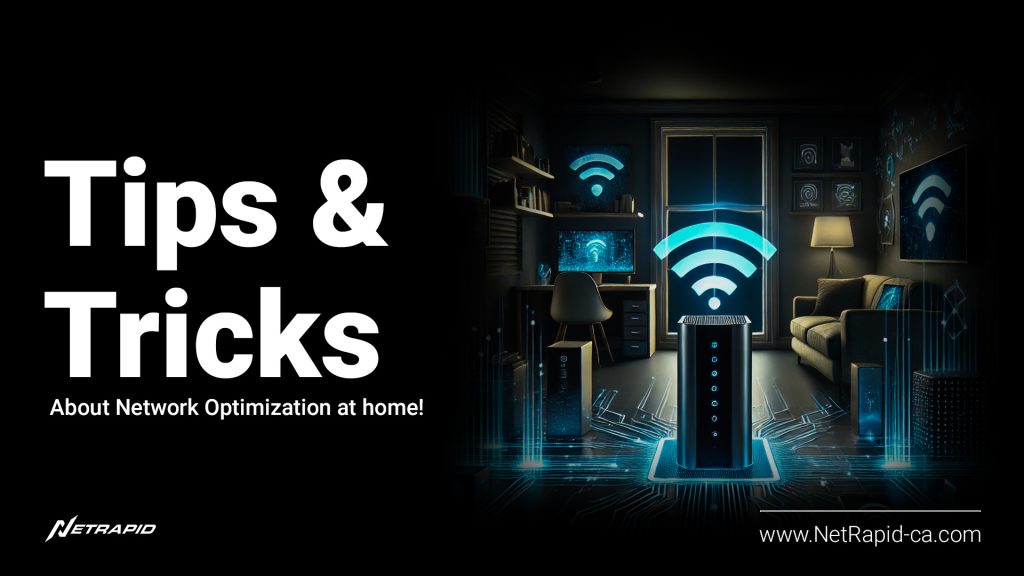Having a reliable and fast home network is more important than ever, whether you’re working from home, streaming movies, or gaming online. Poor network performance can cause interruptions that affect productivity and entertainment. The good news is that with a few simple adjustments, you can optimize your home network for faster speeds and better reliability. In this post, we’ll share key network optimization tips to help you get the best performance from your Wi-Fi network.
The Common Problems with Home Networks
Do you frequently experience buffering while streaming, or are certain rooms in your house plagued with “dead zones” where Wi-Fi seems non-existent? If your gaming sessions are interrupted by lag or disconnections, you’re not alone. These are some of the most common problems users face with their home networks. The solution? Optimizing your network for stronger, more consistent coverage and performance. Let’s dive into the tips!
Tip 1: Router Placement Matters
Your router’s location can make a big difference in your home’s network performance.
- Centralize your router: Placing your router in a central, elevated location in your home allows the signal to reach all areas more effectively. Avoid placing it near walls or in corners, as this can block signals.
- Avoid interference: Keep your router away from other electronics, especially devices that emit strong signals, such as microwaves, cordless phones, and baby monitors.
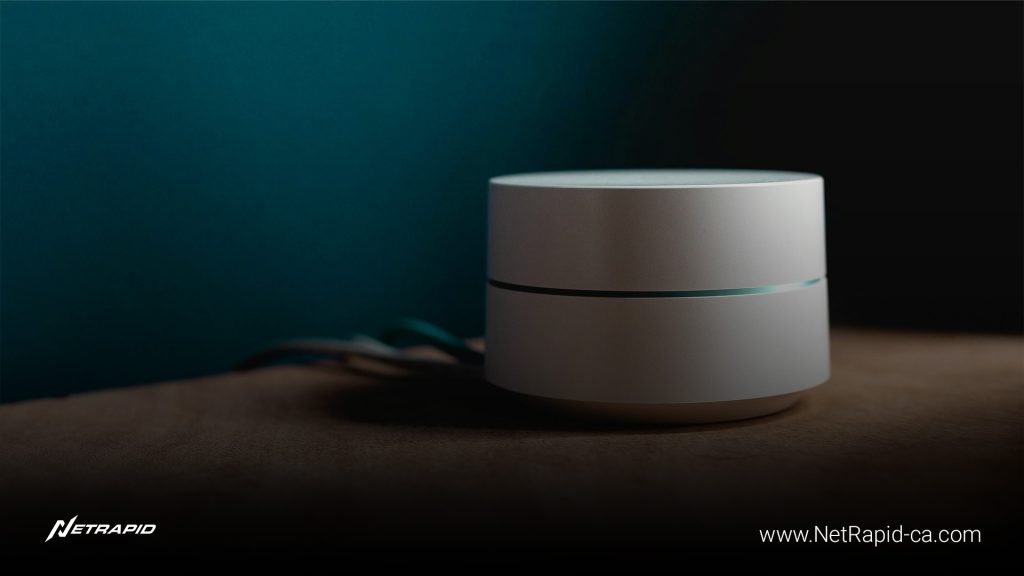
Tip 2: Upgrade Your Equipment
Why it works: Better placement leads to fewer obstacles for your Wi-Fi signal to travel through, resulting in improved coverage throughout your home.
Using outdated equipment can limit your internet speeds and coverage. To keep up with modern internet demands, consider upgrading your hardware:
- Use a dual-band or tri-band router: These routers offer better performance, especially in homes with multiple connected devices. Dual-band routers allow you to use both 2.4 GHz and 5 GHz frequencies, reducing congestion and improving speed.
- Add Wi-Fi extenders: If your home has multiple floors or large rooms, Wi-Fi extenders can help expand the reach of your network by boosting the signal into hard-to-reach areas.
Why it works: Modern routers and Wi-Fi extenders offer better performance and greater reach, helping to eliminate dead zones.
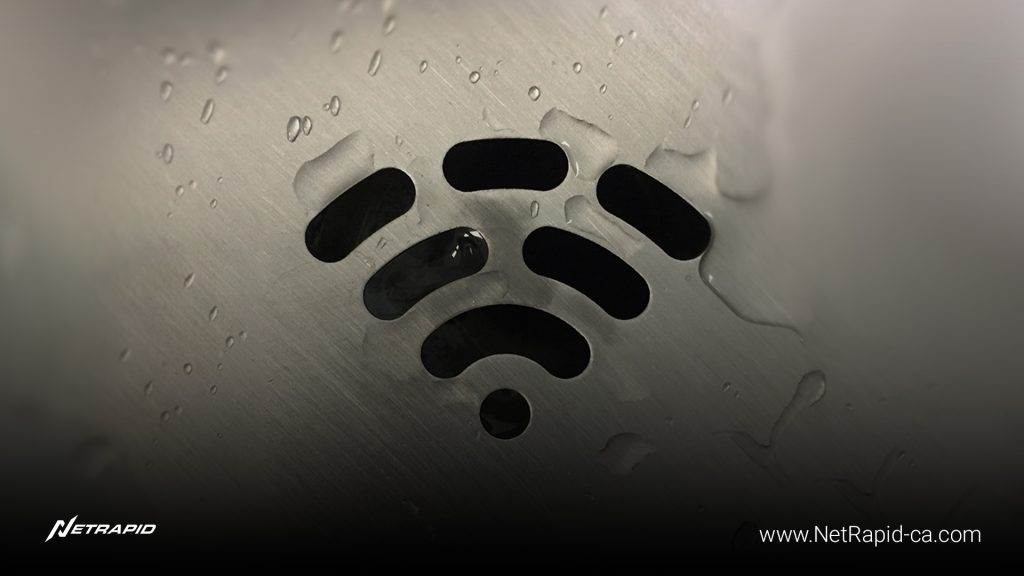
Tip 3: Reduce Interference
Wi-Fi signals can easily be interfered with by other electronic devices and even neighboring Wi-Fi networks. Here’s how to manage interference:
- Switch to a less congested Wi-Fi channel: Many routers allow you to change the Wi-Fi channel. If you’re experiencing slow speeds, switching to a different channel can reduce interference from nearby networks.
- Separate your devices: Use the 5GHz band for high-bandwidth activities (like gaming and streaming), and reserve the 2.4GHz band for less demanding tasks (like browsing).
Why it works: Reducing interference leads to cleaner signals and faster speeds.
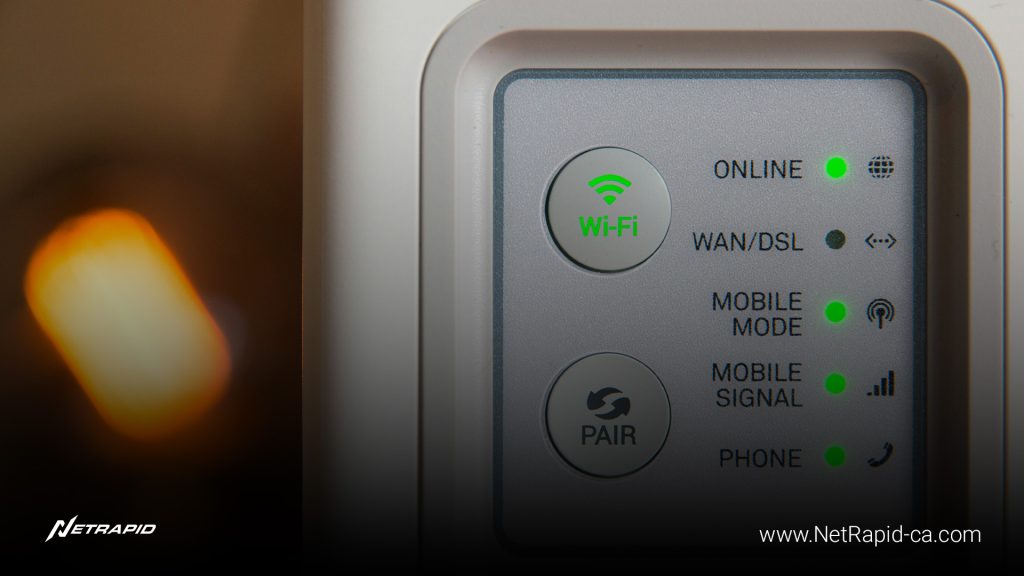
Tip 4: Optimize Your Router Settings
Your router’s settings can have a significant impact on performance. Here are a few tweaks to get the most out of your setup:
- Enable Quality of Service (QoS): This setting prioritizes devices and applications that need the most bandwidth, ensuring smoother performance for things like video conferencing and online gaming.
- Use 5GHz for high-speed connections: The 5GHz band offers faster speeds with less interference, perfect for bandwidth-heavy activities.
Why it works: Tweaking your router settings ensures that your network is optimized for your specific usage needs.
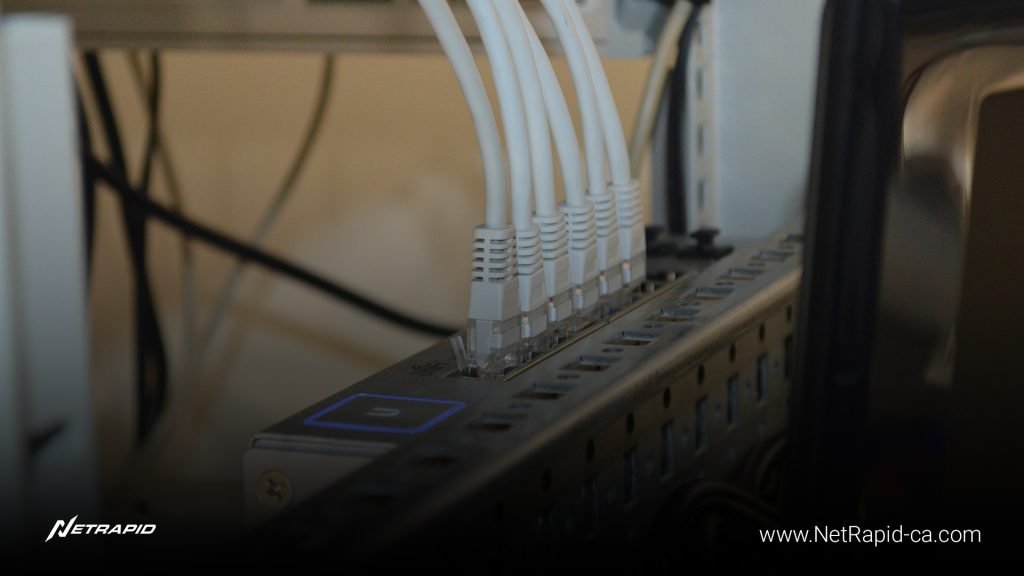
Tip 5: Perform Regular Maintenance
Regularly maintaining your network equipment can help prevent performance issues:
- Update your firmware: Router manufacturers regularly release updates to improve security and performance. Make sure your router’s firmware is up to date.
- Restart your router periodically: A simple restart every couple of weeks can help resolve any temporary slowdowns and refresh the connection.
Why it works: Regular maintenance keeps your network running smoothly and reduces the chances of problems developing over time.
Conclusion
By following these simple network optimization tips, you can significantly improve the speed, coverage, and reliability of your home network. Whether you’re trying to reduce buffering, eliminate dead zones, or simply make sure all your devices get the best possible connection, these strategies will help you get the most out of your Wi-Fi. NetRapid provides advanced network optimization solutions for home and business environments, ensuring that you stay connected when it matters most.

